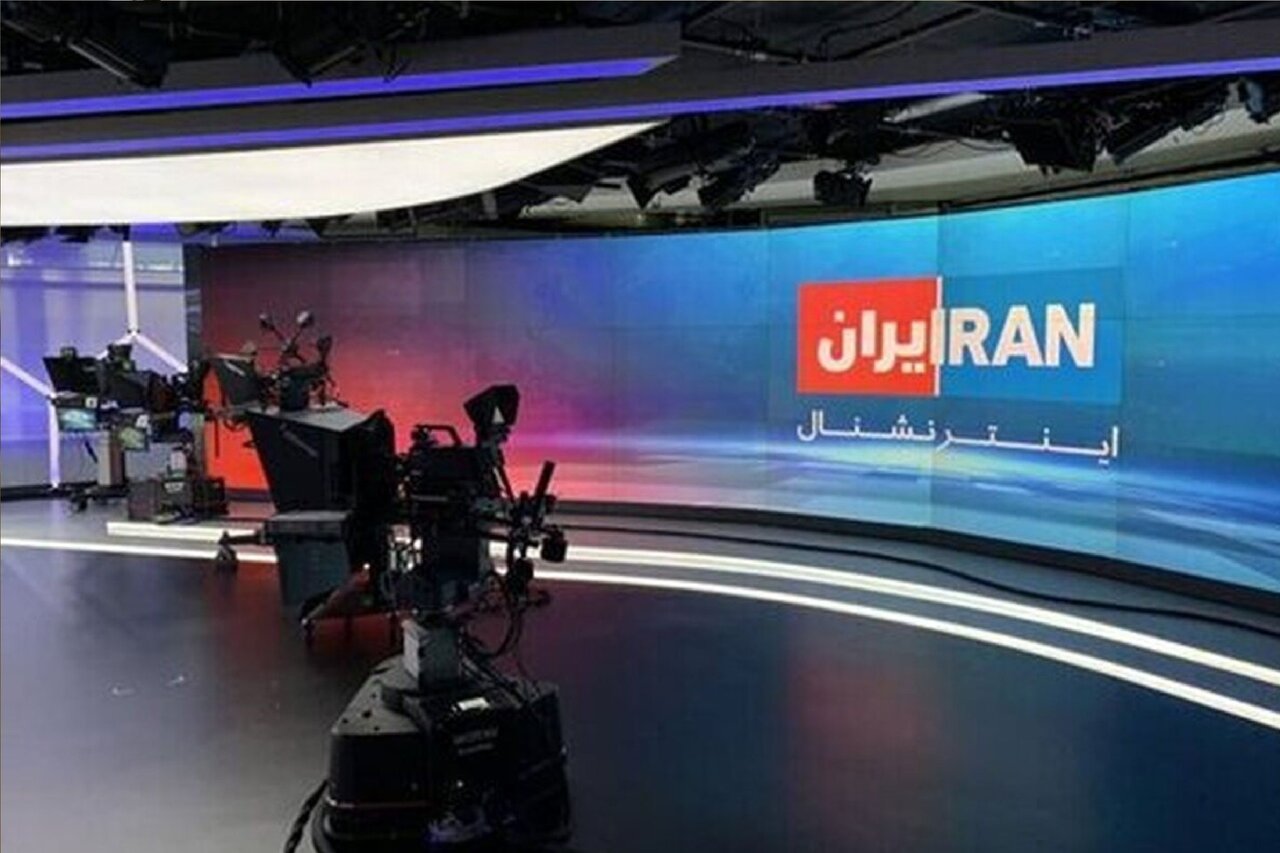Intelligence Ministry releases photos of, info on ‘Iran International’ contributors in Israel

TEHRAN –The Iranian Intelligence Ministry has released photos of the building housing the UK-based anti-Iran TV network Iran International, along with pictures of homes belonging to the staff of the terrorist-designated media outlet and Zionist guests in the occupied territories.
Based on the ministry’s report, a number of individuals working at or with the anti-Iran TV network have been identified, and images of their residence as well as general information about them have been published.
The names mentioned in the report include Babak Es’haqi, a reporter and journalist linked to the terrorist organization; Miir Javdanfar, and Iran and Israeli analyst residing in Tel Aviv; Mensheh Amir, a Persian-speaking commentator introduced by the Mossad to speak against Iran, and Kamal Panhasi, the Israeli military’s Persian-speaking spokesperson.
Iran has designated “Iran International” as a terrorist entity as it serves as a forum for separatist and terrorist movements.
As a case in point, Iran International gave airtime to the terrorists involved in the 2018 deadly terror attacks in the southwestern Iranian city of Ahvaz as part of its anti-Iran propaganda. It also routinely features terrorists from the Mujahedin-e-Khalq (MEK) Organization, which has killed at least 18,000 Iranians in the past 4 decades.
During the 2022 protests that escalated into riots in Iran, the media outlet encouraged Iranians to attack security forces, vandalize public property, and commit acts of violence. One guest suggested that civilians should approach security forces, take them hostage, seize their weapons, and then use those weapons to kill and capture more security personnel. The hosts routinely praised such recommendations as actions that could help people achieve "freedom."
Most recently, during the 12-day Israeli-imposed war of aggression against the Iranian people, Iran International once again positioned itself as a media ally of the Israeli regime — triggering widespread condemnation from political, cultural, and artistic figures across Iran.
Many analysts argue that the Israeli regime launched a hybrid warfare consisting of intelligence, military, and media warfare against Iran during this period. In this multifaceted campaign, Iran International functioned as a critical cog in the Zionist regime’s propaganda machine, targeting public opinion through media warfare.
Iran International targeted the minds of the Iranian people using various psychological warfare tactics in order to complement Israel’s military agenda against the Islamic Republic of Iran and its people.
In order to advance its objectives, conceal its vulnerabilities, and deflect from the blows it suffered during ‘Operation True Promise 3’, the Israeli regime sought to initiate a new phase—one aimed at inflicting cognitive and psychological damage on the Iranian public.
Just as the Israeli regime employed Persian-speaking military spokespersons, they clearly recognized the strategic value of a Persian-language satellite channel to influence Iranian public opinion and foment confusion within the Iranian society.
Iran International played a key role in legitimizing the Israeli military assault on the Iranian people by amplifying Tel Aviv’s fabricated justifications for the unprovoked, unlawful and brutal aggression.
One major strategy involved sensationalizing unfounded allegations regarding Iran’s nuclear program—portraying the country as a so-called “nuclear threat” through repeated reports and news segments.
Another tactic was the deliberate attempt to dissociate Iranian war casualties from the broader civilian population, thereby portraying attacks on non-combatants as somehow justified due to alleged affiliations with state institutions. This narrative was propagated despite official forensic statistics confirming the identities of at least 935 martyrs, including 38 children and 102 women—some of whom were pregnant.
Nevertheless, this terrorist network masquerading as a news outlet persistently turned a blind eye to the civilian victims of the Zionist aggression and instead made attempts to normalize and justify the imposed war on the Iranian nation.
The psychological operations of Iran International were designed to instill fear and hopelessness within the Iranian public.
These attempts included exaggerating the scale of enemy attacks, emphasizing Iran’s alleged vulnerability against advanced military hardware, spreading disinformation about shortages of basic necessities and food supplies, and inciting people to abandon their jobs or leave their hometowns.
Such tactics aimed at generating a sense of fear and despair—which, during wartime, can significantly undermine public morale and national resilience. When people begin to feel that the future is uncertain and their security is at risk, their motivation to resist and stand firm diminishes.
It also tried to intensify ethnic divides with the aim of turning them into flashpoints for internal conflict, aggrandize political and cultural differences within Iranian society to undermine unity in times of national crisis, and continue to highlight the fractures that no longer exist.
Leave a Comment